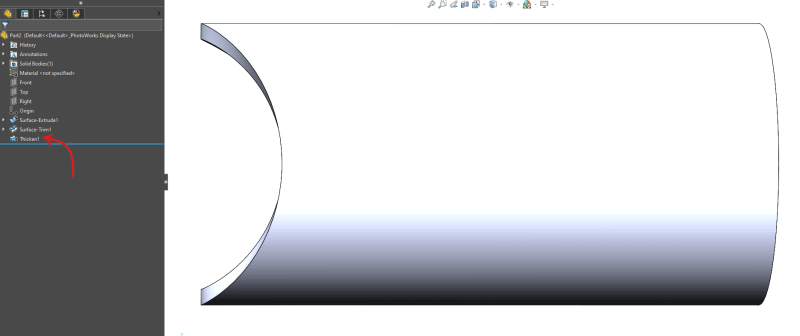Hi everyone,
I searched the forums but didn't see anything that caught my eye on this topic. I'm hoping to better utilize our vendors' tube laser machine in the design of frames and components and I want to ensure that I'm modeling the parts in a way that accurately reflects their true form.
Linked below is a brief video about normal to surface cutting and how parts made this way can be quite different than if they were cut with more traditional machining or cutting processes. Does anyone know how to use SW to create accurate normal to surface cut tubular parts?
Link
thank you.
I searched the forums but didn't see anything that caught my eye on this topic. I'm hoping to better utilize our vendors' tube laser machine in the design of frames and components and I want to ensure that I'm modeling the parts in a way that accurately reflects their true form.
Linked below is a brief video about normal to surface cutting and how parts made this way can be quite different than if they were cut with more traditional machining or cutting processes. Does anyone know how to use SW to create accurate normal to surface cut tubular parts?
Link
thank you.

